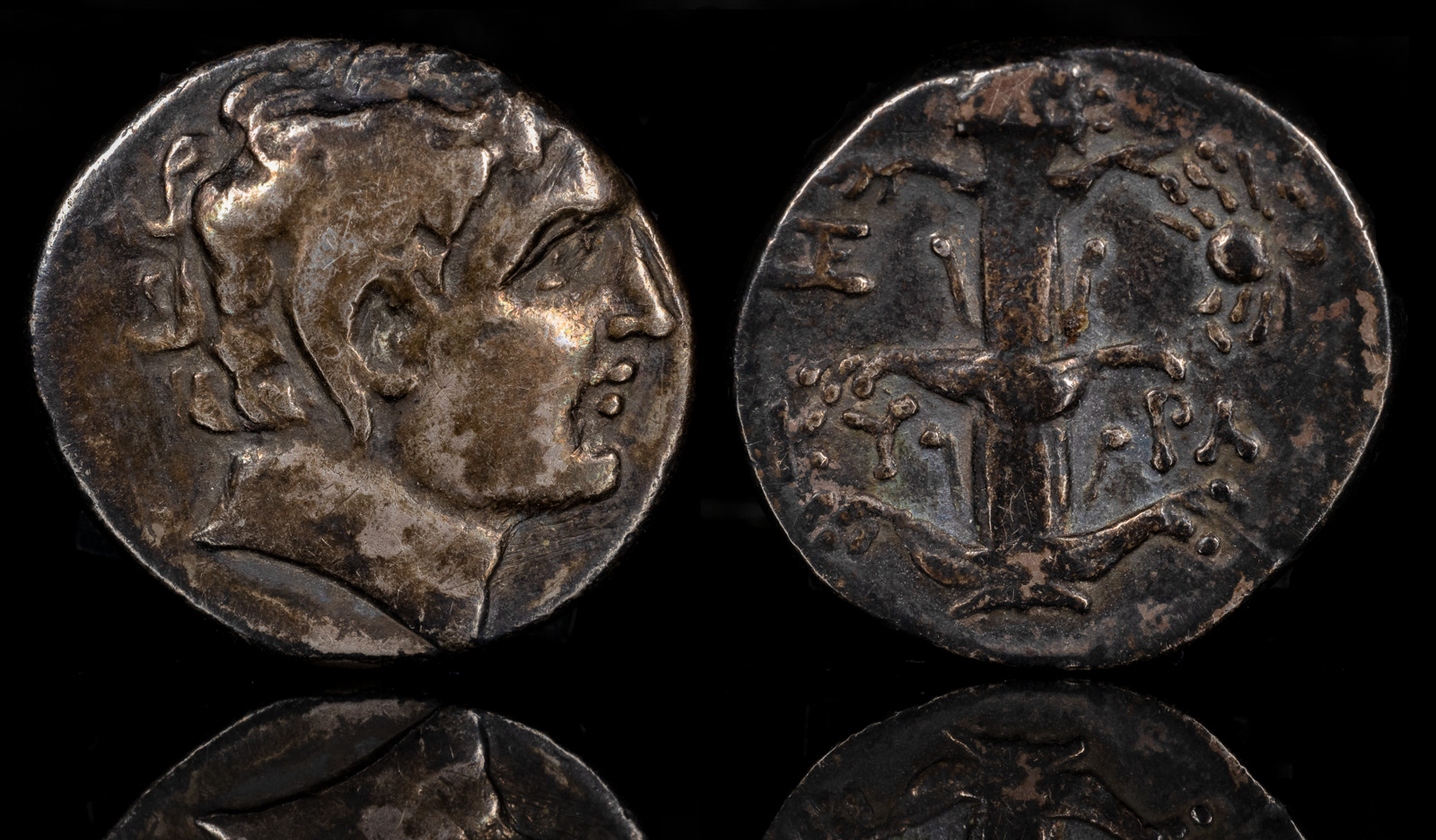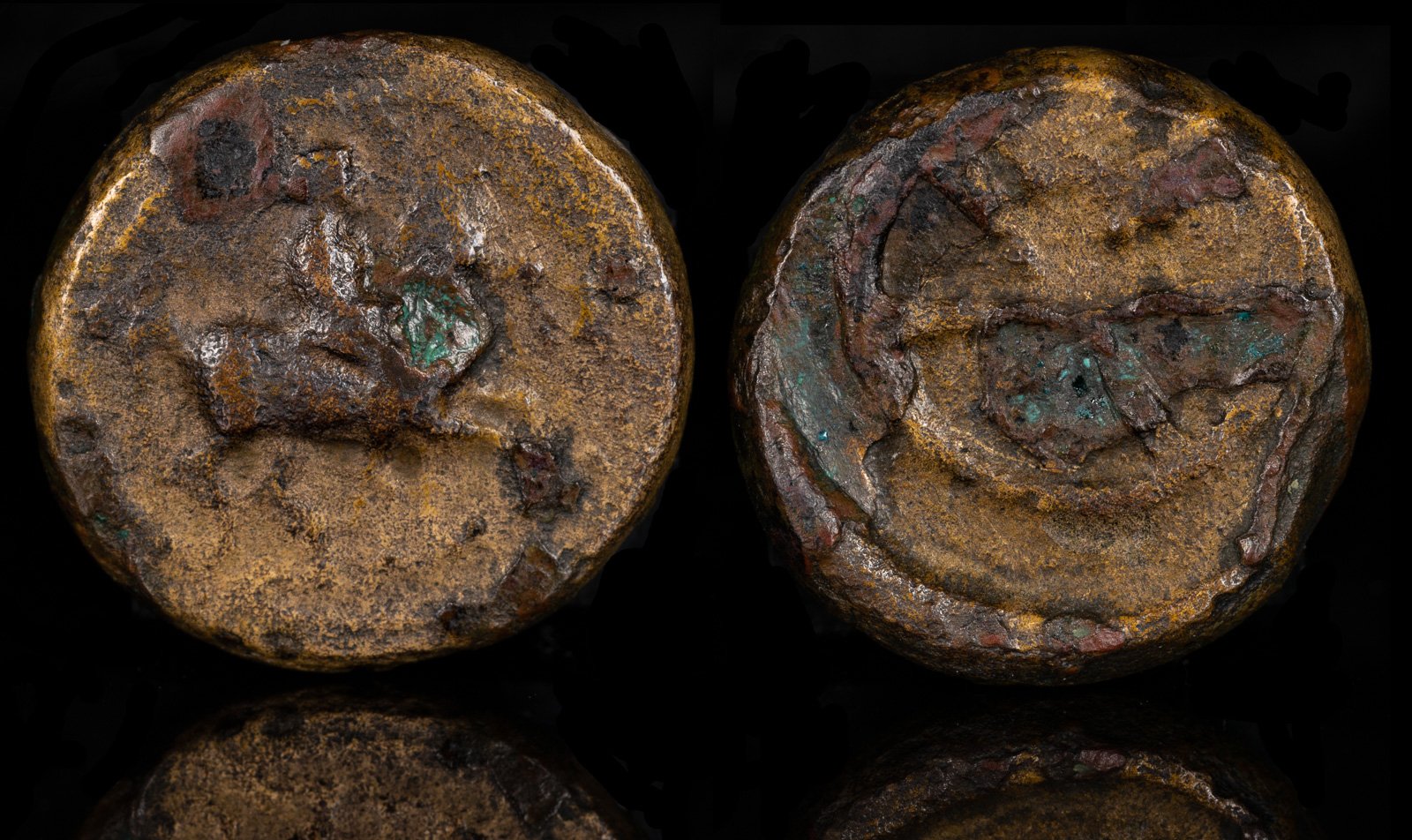Silphium
View All Tags
In culinary practices, silphium was used as a spice and flavoring agent, imparting a distinctive taste to food that was likened to a combination of garlic and asafoetida. Its resin, known as “laser” or “laserpitium,” was extracted and used in various dishes, sauces, and preservatives, making it a staple of the ancient Mediterranean diet. The plant’s rarity and desirability meant it commanded high prices and was often reserved for elite households.
Medicinally, silphium was celebrated for its wide range of applications. Ancient writers such as Hippocrates and Pliny the Elder documented its use in treating a variety of ailments, including sore throats, fevers, indigestion, and snake bites. One of the most intriguing aspects of silphium’s historical reputation is its alleged role as a contraceptive or abortifacient, which contributed to its high demand. However, the exact effectiveness of silphium in this capacity remains speculative, as no surviving samples of the plant exist for modern scientific analysis.
Silphium’s extinction is attributed to overharvesting, coupled with its limited growing range. Despite efforts to cultivate it elsewhere, the plant could not be successfully transplanted outside its native environment. By the first century CE, silphium was reportedly so rare that a single stalk was presented as a gift to the Roman Emperor Nero.

Kyrene, Magas
Ptolemaic governor, c. 300-282/75 BC
AR Didrachm 20mm, 7.30g, 12h
Head of Karneios r. R/ Silphion plant; ZE monogram to upper l., crab to upper r., KY-PA across lower field.
BMC 256; cf. SNG Copenhagen 1243

Kyrenaica. Kyrene. Ptolemaic Governor Ophellas First Reign
322-313 BCE
18.58mm 7.26 grams
Obverse: Youth on horseback right
Reverse: Wheel with four spokes and hub, silphium plant between left spokes
SNG Copenhagen 1221
Ex Marc Breitsprecher